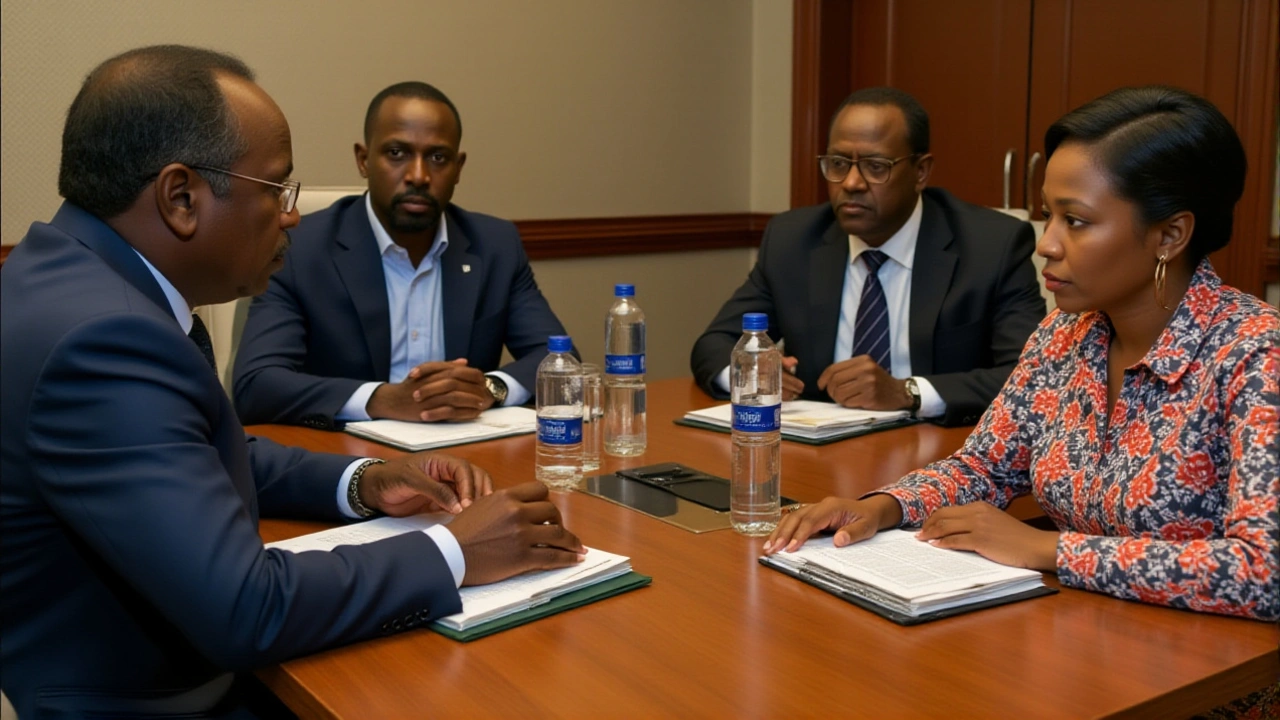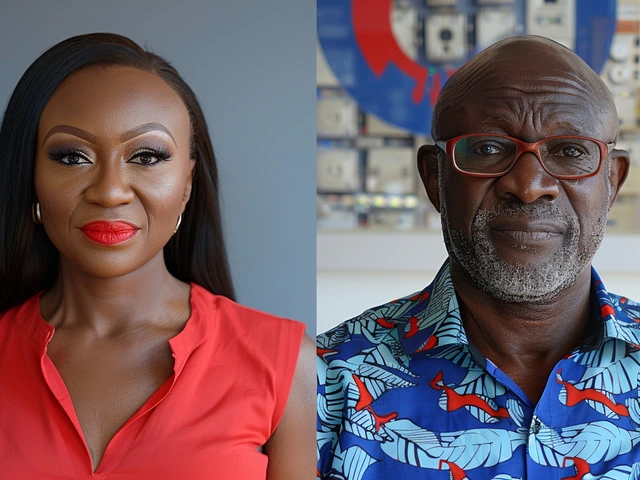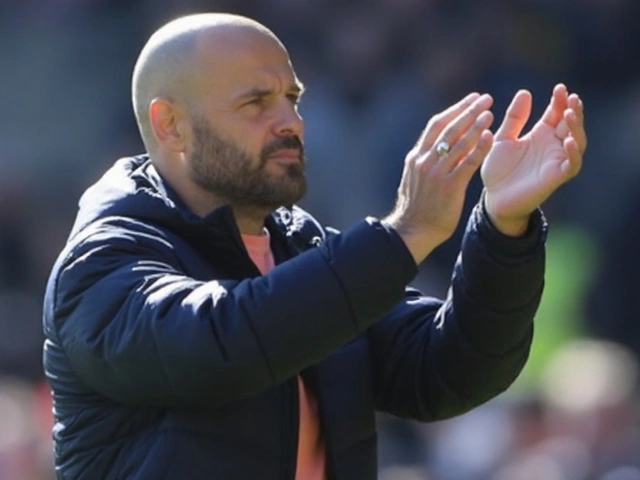Orange Democratic Movement – Kenya’s Main Opposition Force
When talking about Orange Democratic Movement, a major Kenyan opposition party founded in 2005, known for championing reform and social justice. Also known as ODM, it plays a central role in shaping the country’s political debate, mobilising grassroots support, and contesting national elections.
Understanding ODM means looking at the Kenyan elections, regular contests that determine the president, parliament and county leadership every five years. These elections require parties to build broad coalitions, manage ethnic alignments, and present clear policy agendas. ODM’s performance in each poll directly influences the balance of power in the National Assembly and County Governments.
Another pillar of ODM’s story is its founder and long‑time leader, Raila Odinga, a veteran politician who has run for president multiple times and served as prime minister during the 2008 power‑sharing agreement. Odinga’s personal brand connects with the party’s identity, drawing support from the Luo community and many urban voters who seek change. His negotiation skills have shaped several coalition deals, most notably the 2017 “National Super Alliance” that united several opposition groups under a single banner.
Key Themes Around ODM
ODM encompasses three core themes: democratic reform, economic inclusion, and anti‑corruption. The party pushes for constitutional amendments that would strengthen devolution, allowing counties more fiscal autonomy. Economic policy proposals often focus on youth employment, small‑business financing, and a fairer tax system that eases the burden on low‑income households. On the anti‑corruption front, ODM has consistently demanded stronger institutions, transparent procurement, and independent investigative bodies.
These themes intersect with other political actors. For instance, the Kenyan opposition coalition, a loose alliance of parties that join forces to challenge the ruling party in elections frequently partners with ODM to pool resources and coordinate campaign messages. Coalition dynamics influence candidate selection, vote‑sharing agreements, and post‑election power‑sharing negotiations.
ODM’s policy platform also ties into Kenya’s constitutional framework, the 2010 charter that introduced a bicameral parliament, devolved county governments, and a bill of rights. The party argues that many of the charter’s promises remain unfulfilled, especially regarding equitable service delivery and judicial independence. By referencing the constitution, ODM frames its agenda as a fulfillment of the nation’s foundational promises.
In practice, ODM’s electoral strategy requires robust grassroots networks. The party’s county‑level offices organize rallies, voter education drives, and door‑to‑door canvassing. These activities enable the party to track voter sentiment, mobilise turnout, and counter misinformation during heated campaign periods. The emphasis on direct community engagement distinguishes ODM from parties that rely mainly on media advertising.
Media coverage plays a pivotal role in shaping public perception of ODM. Newspapers, radio stations, and social platforms often highlight the party’s stance on key issues such as land reform, healthcare access, and education funding. By maintaining a visible media presence, ODM seeks to set the agenda and frame debates in its favour.
Financial resources are another critical factor. ODM’s fundraising mechanisms combine membership dues, private donations, and diaspora contributions. Transparent accounting practices are increasingly demanded by supporters, especially after high‑profile corruption scandals involving other parties. Effective resource management bolsters campaign outreach and ensures the party can sustain operations between election cycles.
Looking ahead, ODM faces several challenges and opportunities. Demographic shifts mean a growing youth electorate that expects digital engagement, job creation, and climate‑responsive policies. The party’s ability to adapt its messaging and policy proposals to these emerging concerns will likely dictate its relevance in future elections. At the same time, internal party democracy, succession planning, and generational leadership transitions will shape its long‑term stability.
From a regional perspective, ODM’s relationships with East African Community partners and other African opposition movements provide avenues for policy exchange and diplomatic support. Cross‑border collaborations can amplify the party’s reformist agenda and attract international attention to Kenya’s democratic progress.
All these elements—election mechanics, coalition dynamics, leadership influence, policy focus, grassroots organization, media strategy, financing, and regional ties—create a complex web that defines the Orange Democratic Movement today. Below, you’ll find a curated list of recent articles that dive deeper into each of these topics, offering analysis, on‑the‑ground reporting, and expert commentary. Explore the collection to see how ODM continues to shape Kenya’s political landscape and what that means for the country’s future.
ODM postpones 20th anniversary to Nov 14‑16 after Kisii MP boycott
ODM delays its 20th anniversary to mid‑November after a Kisii MP boycott, expanding county events to shore up support before the 2027 elections.
View More





